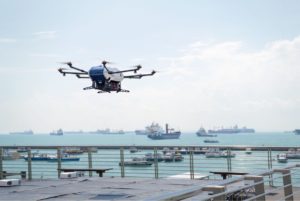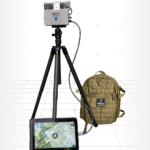
The Federal Aviation Administration is planning to have remote ID service for drones — a foundational component of integrating unmanned aircraft into the national airspace — up and running by sometime next year, according to documents viewed by Defense Daily. Earlier this month, the FAA chose a cohort of eight companies to develop technology requirements for its implementation of remote ID, working in parallel with the agency's policymaking process. A critical goal for that cohort, according to documents obtained by Defense Daily,…

 By
By 








